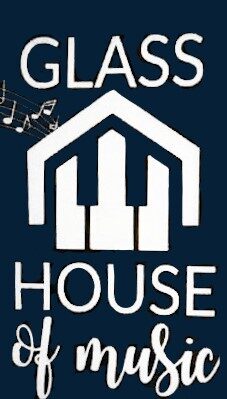When you’re teaching pre-schoolers you need to have energy. Especially for those kids with a lot of energy. You know the ones…they want to jump from activity to activity. You need the energy because you have to keep up with them! But I also want to show them that music, and the piano specifically, is super exciting!
No matter what age you are when you begin learning, there is so much to learn. Pre-schoolers in particular though, are learning SO much and SO fast! But they haven’t yet developed the fine motor skills necessary to be a pianist. So at the start, I don’t teach them to read music or teach them piano technique – I teach them ABOUT music.
One of the things that I work on with students is rhythm. Rhythm is an important part of music. Some might say the most important part. Sometimes I have the students clap along to a piece of music, press down random keys on the piano in time with a song, or use rhythm instruments such as tambourines. Other times they get to march around the room in time to the music. For those high-energy kids, marching is a great way to keep them engaged!
Having kids move around while learning works especially well when I notice that the child might have just a little too much energy in their ‘engine’. (For more information on the self-regulation engine alert theory, check out this CBC radio documentary at https://www.cbc.ca/radio/thesundayedition/how-does-your-engine-run-documentary-1.2445082).
Here’s another perk of teaching children rhythm – children who aren’t naturally musical, or those that struggle with pitch, can pick up rhythm and see themselves do well. Rhythm is innate, which means we are born with it. It doesn’t need to be taught, it needs to be developed.
Giving children a way to succeed is always a good way to keep them engaged and allow them the chance to enjoy learning piano!
